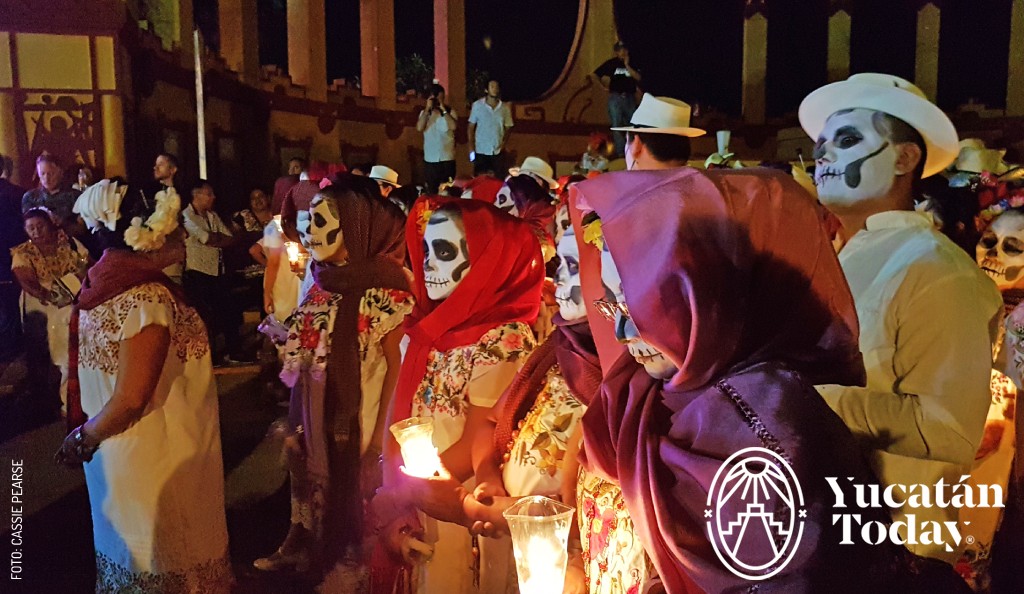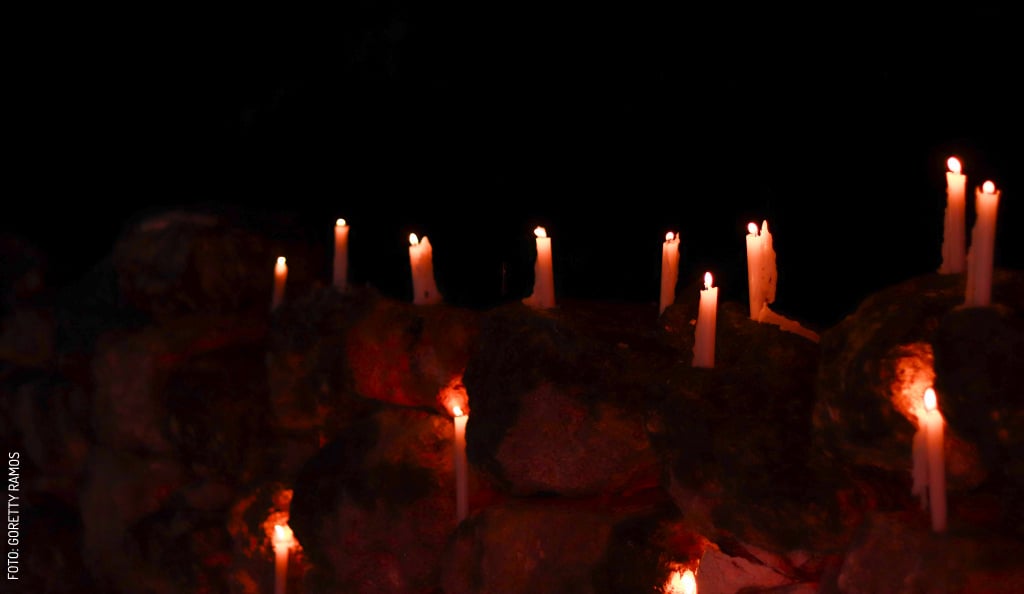
Biix and ochavario, the tradition of saying goodbye to our departed
The Biix: The Maya Tradition of Saying Goodbye, Biix and ochavario, the tradition of saying goodbye to our departed
We can't talk about our beautiful Yucatán without thinking of the iconic tradition of Janal Pixan, or 'food for the souls,' and everything it entails: the altar filled with food, the delicious mukbilpollo or pib (a tamal baked underground that’s said to be the only food the souls can take back to the underworld), the flowers, candles, and prayers that accompany the offering for our loved ones who have passed on.
However, this celebration of our loved ones doesn’t end on November 2 after sharing the traditional mukbilpollo with family. There’s a lesser-known but equally beautiful part of this tradition: its conclusion, when we say our final goodbyes to the souls—the ochavario (or ochovario, depending on the region), Spanish name for the Maya biix.
What happens in Yucatán after November 2?
Exactly eight days after placing the offerings on our altar and thus welcoming the souls of our faithful departed, the traditional biix or ochavario takes place. If you know what a novena or novenario is in the Catholic tradition, the ochavario follows a similar line. In Maya communities, it is believed that eight days after a death, the deceased becomes aware that they are no longer in the world of the living.
Therefore, a week after November 2, the altar is once again set up and filled with offerings and candles to bid farewell to the faithful departed. This tradition of saying goodbye to our dearly departed, marking the end of the season, is known as biix. However, it is believed that not all souls leave during the ochavario; some remain with us for the rest of the month.
What happens to the souls that stay after Janal Pixan?
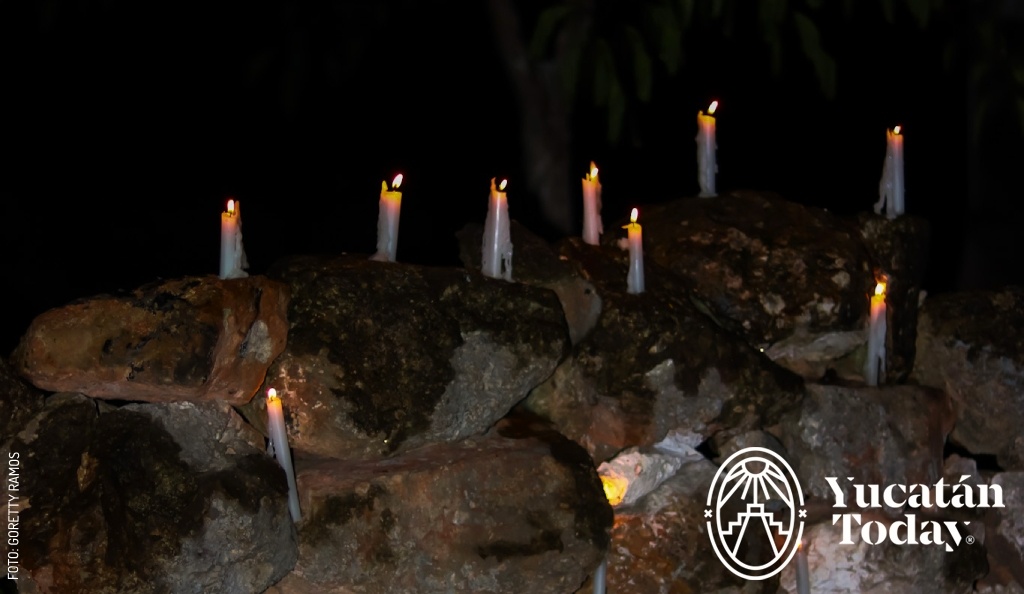
In many towns across the state, it’s believed that on November 30, the path back to the other world must be lit, offering a final farewell to the souls who have stayed with us throughout temporada de finados (the season of the dead). This farewell is known as biix-mes (mes being Spanish for “month”).
As night falls, families faithfully place rows of candles along stone walls, fences, and entrances of their homes on the last day of the month. These candles are meant to guide the departed back to the other world.
This beautiful tradition is passed down through generations. The youngest members of the household are taught by their parents, grandparents, older siblings, and even cousins how to light and place the candles on their stone walls and fences, keeping our culture alive.
The biix, or farewell to the souls
The candles used for this practice are the same ones placed on the altar throughout finados on the altar with the offerings; this is why it’s important to take care of them throughout the month, to prevent them from burning out completely before their time. For this reason, on November 2, the candles are only lit twice: once in the morning and once at midday, and in both cases, they’re lit just for the prayers and then gently extinguished.
It is also worth noting that both white candles (used for the altars of adults) and colored ones (used for those of children) are placed. Once positioned on the stone walls, these candles are left to glow throughout the night or until they burn out.
Janal Pixan, a Yucatecan tradition
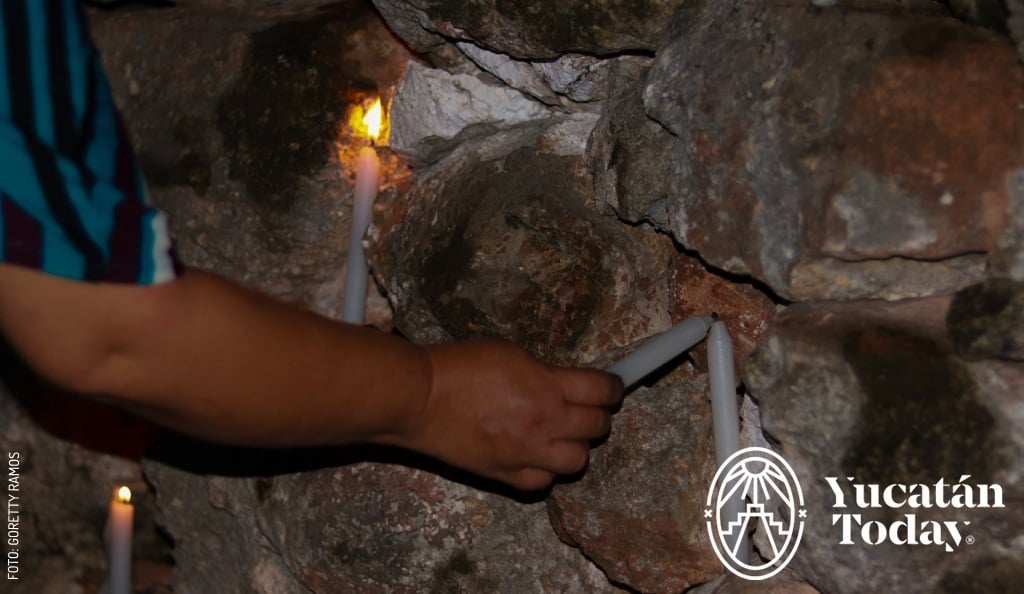
All of the above is part of Janal Pixan. This beautiful Yucatecan tradition seeks to honor and commemorate our family members who have passed on to the world of the dead, with the belief that each year, they are welcomed back for a brief season to share and dwell among us in the world of the living.
Yucatán is definitely full of traditions and customs that are a vital part of our Maya heritage. How we honor and remember our loved ones is just a small part of the rich practices and beliefs that we continue to cherish and celebrate each year.
Photography by Goretty Ramos for its use in Yucatán Today.
First published in Yucatán Today print and digital magazine no. 442, in October 2024, by the name of "The Biix: The Maya Tradition of Saying Goodbye".

Author: Goretty Ramos
Feminist communicator with delusions of an artist and screen printer. Research, learn and share.
In love with Yucatán? Get the best of Yucatán Today delivered to your inbox.
Related articles
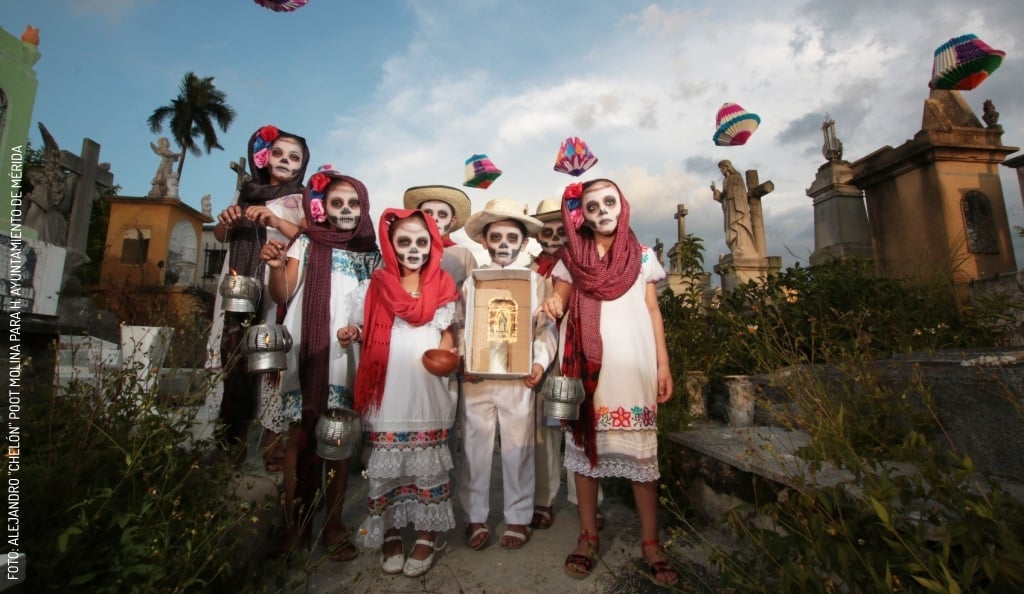
How to Enjoy Mérida's Festival of Souls… and Live to Tell
Your guide to enjoying the Festival of Souls 2025 and experiencing Janal Pixan in Mérida. Parades, altars, catrinas, pib, and the magical Paseo de...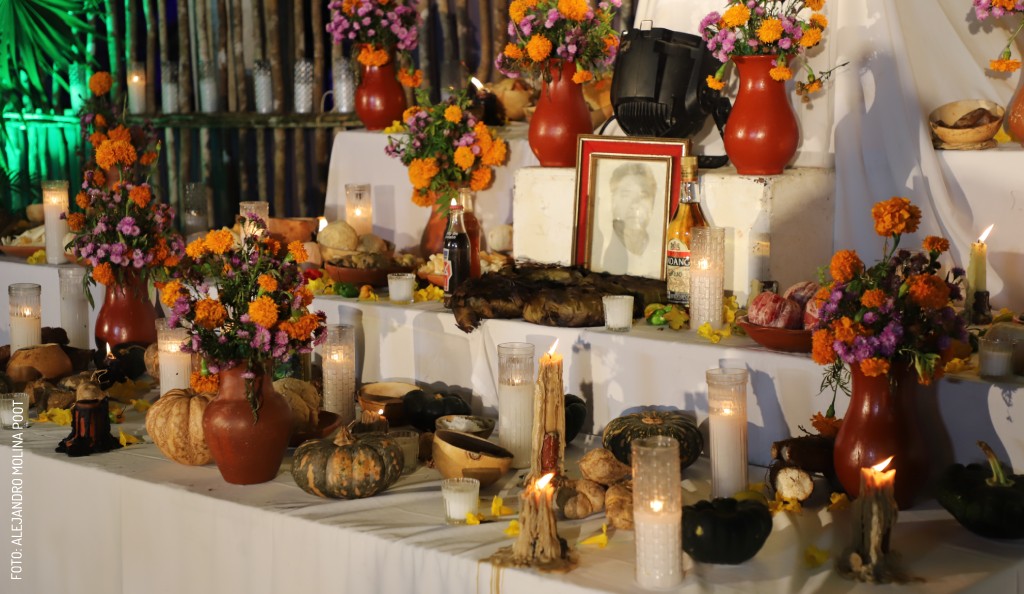
Janal Pixan, Day of the Dead or Finados: What’s the Difference?
Have you heard about the Janal Pixan, the Day of the Dead in Yucatán? Is it Janal or Hanal Pixan? What are “Finados”? Here’s what you need to know.